Dollar’s adventures in Russia: should we wait for regulation according to the Chinese scenario?
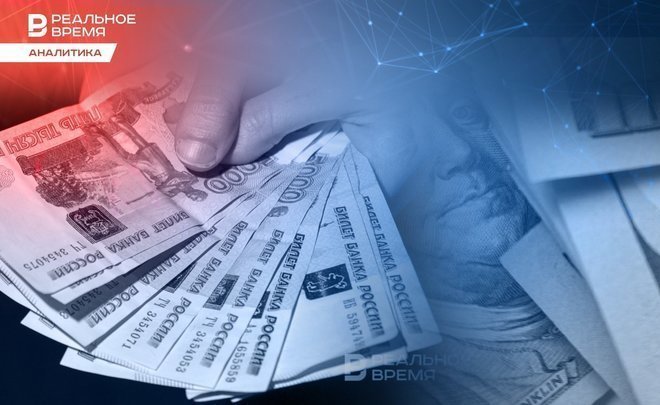
The currency control amid sanctions, restrictions on capital withdrawal and even the double ruble rate — what measures the authorities are ready to take save the Russian currency from another collapse. Read in Realnoe Vremya’s analytic staff’s review if we should wait for another fluctuation and how much the rate will rise in 2024.
The ruble rate and currency control has been concerning not only ordinary citizens but also the country’s financial establishment for the second month. The debates on how to strengthen the ruble are still going on after the dollar reached 100 rubles in late summer. Also, there appeared information that Russia’s authorities discussed the imposition of control over capital movement and even the creation of the so-called membrane in the currency market — between internal and external ruble rates.
Minister of Economic Development Maxim Reshetnikov voiced the idea suggesting that such an approach to currency regulation is already used by China.
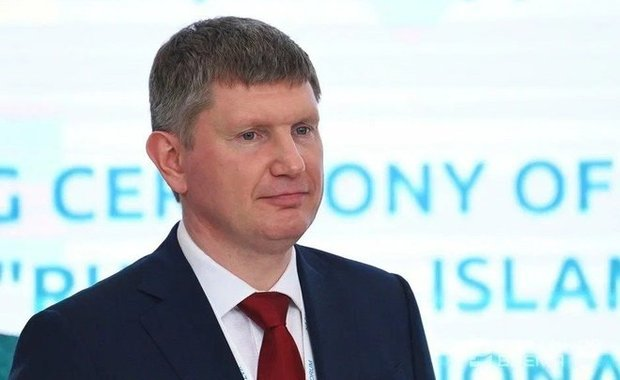
Head of Sberbank Herman Gref called this a step back: “This already existed in the Soviet Union, this means the absence of conversion.” While CEO of VTB bank Andrey Kostin forecasted that the dollar would rise to 250 rubles with the double rate.
There is no single stance on this issue between the Bank of Russia, Ministry of Finance and Ministry of Economic Development. The Central Bank sticks to a liberal approach providing arguments that loopholes will be found for any bans. The Ministry of Finance is in favour of limiting capital outflow through friendly countries, while the Ministry of Economic Development offers to create a “membrane” for the national currency that will also enable to track how many rubles circulate abroad.
Dollar at 120
Analyst of Finam Alexander Potavin predicts that the dollar rate can reach 120 rubles as early as 2024. Sergey Khestanov, economist, docent of the Department of Stock Markets and Financial Engineering of the Faculty of Finance and Banking at RANEPA agrees with him too: “A reduction in forex revenue and rise in expenses from the federal budget can easily bring the rate to this digit,” thinks Khestanov.
“The Russian Central Bank has been officially targeting inflation, not the currency rate, since 2013. If the devaluation turns out to be smooth not to cause panic, it will unlikely be tackled seriously,” he assumes.
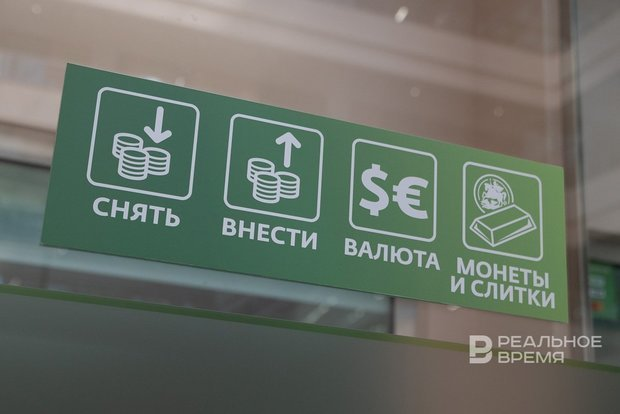
“There can be any rate without the imposition of strict currency restrictions, hoping only for market pricing of the currency rate, especially in those currencies whose inflow to Russia is hampered,” says Artyom Tuzov, executive director of the Capital Market Department of IVA Partners. “The bigger the turnout of these currencies at exchange, the higher the probability of sudden rate fluctuations. Here we can see both 120 and more.”
However, the factor of presidential elections in Russia held on 17 March appears in early 2024. “During the previous three times before the elections, the ruble-dollar rate was stable enough or even strengthened a bit,” Alexander Potavin reminds us. “After the election date, the ruble weakened. Either immediately like in 2018 or a few months later like in 2012 or by the end of the year like in 2008. This is why the USD/RUB pair will likely be more or less stable until March 2024. Then the dollar rate will again go up, through 120 rubles, but it is hard to tell when this will happen.”
The state benefits from the fluctuating rate
Sergey Suverov, investment strategist at Aricapital, says that today the state’s capabilities of influencing the rate are limited, dollar and euro reserves are frozen. “The rise in the key rate isn’t panacea amid Russia’s isolation from world capital markets when the inflow of speculative foreign capital into more profitable ruble assets is impossible. Currency control is more efficiency but it has serious side effects,” the expert notes.
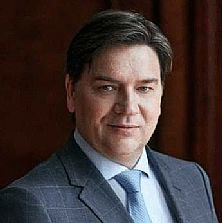
“As 2022 showed, the state can influence the rate if it really wants it. When needed, the rubles gets stronger from 120 to 150 rubles per dollar,” Artyom Tuzov reminds us.
A Chinese model in Russia?
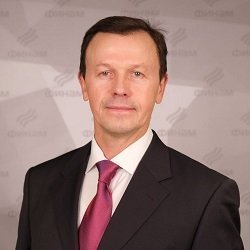
Sergey Khestanov reminds us that there were many currency rates in the USSR, with very complicated, often individual regulation in a specific deal. “If numerous currency rates are created (we will hope not), the rate will be determined by the authorities,” says the expert.
Yevgeny Loktykov recommends not to worry about this topic at the moment. However, after the presidential elections in 2024, the probability of having two dollar rates will significantly increase, warns Alexander Potavin. Such a likelihood in the next six months is minimal.